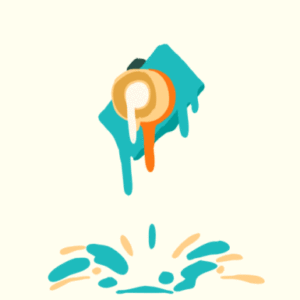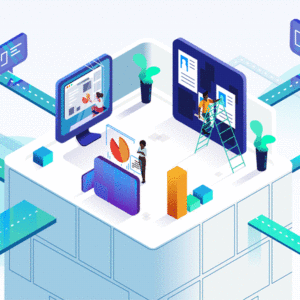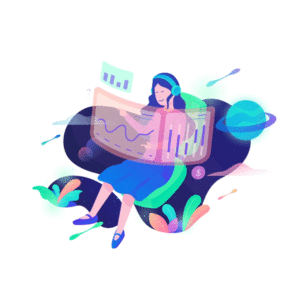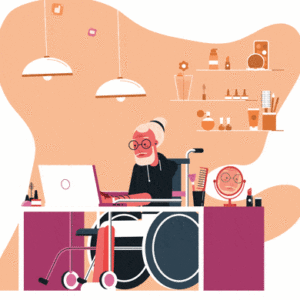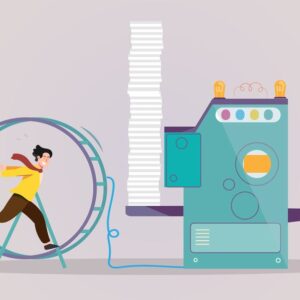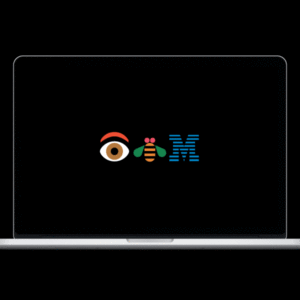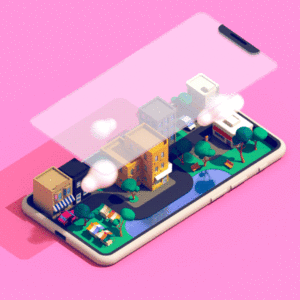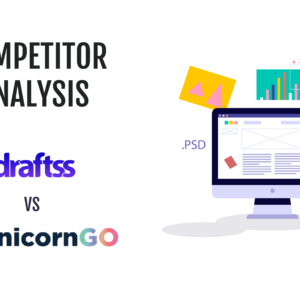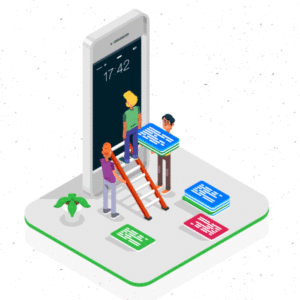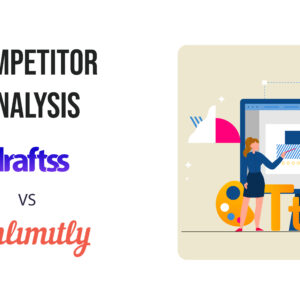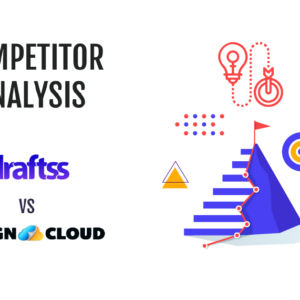
Design Cloud vs Draftss: A Comparative Analysis
Introduction There are rands in the industry who have been performing well and delivering great services. Then there are teams who work independently with different clients for their designing requirements. And finally, there is this man named Joe Crow who is operating behind the name of Design Cloud to offer his expertise in the domain of graphic designing, marketing designing, and web designing. He has done a great job being an individual offering his services and hence it is going to be interesting to see how is Design Cloud competitive in the industry which has so many competitors and service providers like the great Draftss. Draftss has been in the market for a long and has been serving a huge number of clients since its inception. With highly flexible and affordable plans to serve the clients with great designs and web development services, Draftss has a plan for all. Design Cloud has gained its own niche of expertise and is serving well. The samples and past work is impressive and the clients are satisfied with the services that have been provided to them. However, they differ in the quality as well as other parameters they are judged upon and hence are analyzed in detail in the review below. Read the previous article review about Draftss & ManyPixels here. In this piece of guide, we have tried to explore the dimensions of the services provided by Draftss as well as Design Cloud and thus, aim to conclude a better option for the type of requirements a client may have. Draftss – Overview Draftss is a service provider which aims to become a one-stop-shop for clients who come from highly diverse and varied backgrounds. The service provider additionally is open to serve clients who are freelancers, startups, founders, established businesses, developers, and design and branding agencies. At the same time, to cater to the highly varied clientele, it is known for its affordable pricing and the quality of unlimited graphic designing services. Draftss also comes with packages that are highly flexible. The service provider equips you with a team of expert designers and developers ready to help businesses of the clients with the most relevant and best-in-class solutions. The package at Draftss starts at just $89 per week. In just a price as little as this, Draftss delivers quality and speed and hence becomes a win-win deal for everyone. Design Cloud – Overview Design Cloud is a one-person company that is good at what it is doing. With some great designs in the past and the projects executed with a great finish, Design Cloud surely has made a space & identity for itself in the designing industry. With a fair range of services in the designing domain, Design Cloud is holding a significant place among the competitors. The service provider, however, is not based and focussed much on the usual pattern of deliverables that the service providers in the industry work upon. There are no upfront pricing and packages. No subscriptions as such are offered. A client can directly get in touch with Joe through the website and place his requirements. On the basis of each requirement, a client can get the quotations. Pricing – Draftss vs Design Cloud In the industry of graphic designing and web development, pricing has been playing a very critical role. An even important role it plays when it gets very competitive and the industry is already very competitive in all of its fronts. Let’s see what Draftss and Design Cloud have got to offer. Draftss Subscription Cost The plan at Draftss starts at just $89 per week making it one of the most affordable services in the industry to choose from. To be noted is the weekly plan offered by the service provider. It is very rare to come across a service provider who deals in the short term needs of its clients and cater to smaller projects. For clients and businesses which require smaller tasks to be worked upon which are managed for a shorter period of time, it acts as a deal maker point giving strength to the flexibility of the Draftss and its services. Draftss has its plans and packages divided into monthly plans, quarterly plans, as well as specially designed annual subscription plans for its clients. Thus, the service provider makes it very easy for the individuals and small businesses who actually require the flexibility to avail it at Draftss and enjoy the highly qualitative and expert services from brilliant and a full-fledged team of graphic designers. Design Cloud Subscription Cost Design Cloud in the market steps with no upfront propositions. There are no subscriptions and pricing packages listed upfront anywhere. With every requirement specific to the client and the needs, custom pricing comes from the office of Joe Crow. It, however, is sometimes beneficial as a client can expect custom pricing for the requirements and thus feel appreciated. At other times, it is not a good measure to come out in the industry which is competing on the pricing highly. Having no upfront propositions to offer is a big setback in such a condition. One can definitely have both options available to cater to the needs of every part of the potential clientele. Services Offered by Draftss & Design Cloud From designing logos, promotional particulars, branding guides, and web designs, both the service providers are highly diversified and come with a range of services, subscription packages, and add-on support. Although, both Draftss and Design Cloud offer on-demand graphic design services, Draftss has the upper hand when it comes to getting more for your money. Offering by Draftss Draftss is not just a graphic designing agency but it also caters to the web development and coding needs of the clients. Thus, its Design + Code and Enterprises packages are designed to not only serve the designing requests but also to cater to HTML/CSS/JS coding requirements which are necessary to turn your web designs into a highly responsive and dynamic website. With the
